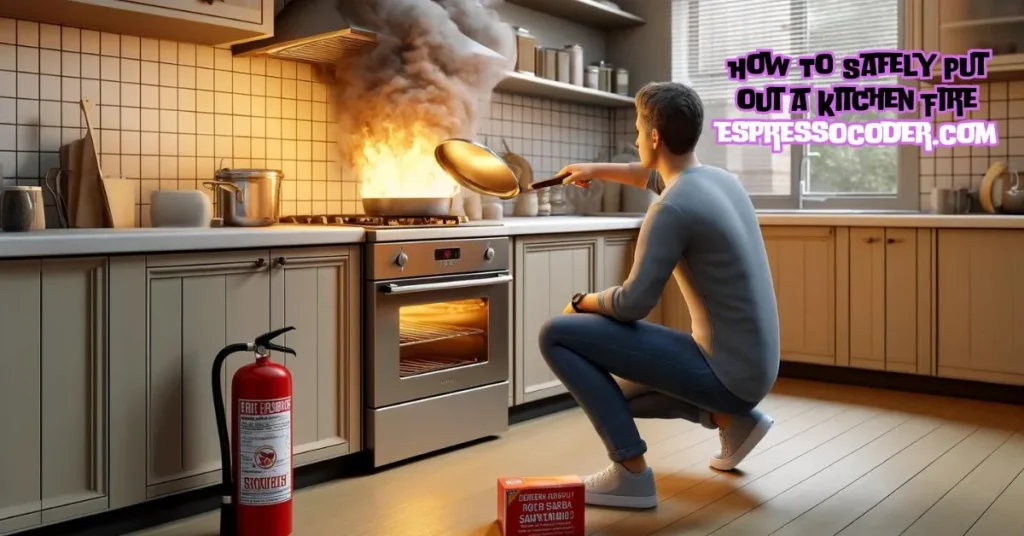Experiencing any type of fire is a scary experience that no one ever wishes to have. Unfortunately, kitchen fires are not uncommon, but educating yourself ahead of time and knowing how to properly respond will help you not panic if this situation ever happens to you.
By quickly responding you can help avoid serious injuries and severe fire damage. Whether it’s a small grease fire on the stove or a larger blaze in the oven, here are essential tips and techniques for safely extinguishing a kitchen fire. These tips will help you to avoid fire damage, Island Park.
Contents
Stay Calm and Act Quickly
The most important thing to remember in any fire emergency is to stay calm. Panicking can lead to poor decision-making and increase the risk of injury. Assess the situation quickly and determine if it’s safe to attempt to extinguish the fire or if you need to evacuate and call for help.
Never Use Water on Grease Fires
Grease fires are one of the most common types of kitchen fires and can escalate rapidly if not handled properly. Never attempt to extinguish a grease fire with water, as it can cause the grease to splatter and spread the flames. Instead, use one of the following methods:
- Smother the flames by carefully placing a metal lid or cookie sheet over the burning pan. Turn off the heat source to remove the oxygen supply.
- Use a fire extinguisher rated for Class B fires, such as a dry chemical extinguisher, to spray the flames from a safe distance.
Use Baking Soda or Salt for Small Fires
Baking soda and salt are effective at smothering small kitchen fires, including grease fires and fires involving paper or cloth. Keep a box of baking soda or a container of salt within easy reach of the stove for quick access in case of emergencies.
Never Attempt to Move a Burning Pot or Pan
Trying to move a burning pot or pan can cause the fire to spread or result in serious burns. Instead, leave the pot where it is and focus on extinguishing the flames using one of the methods mentioned above.
Know How to Use a Fire Extinguisher
Every kitchen should be equipped with a fire extinguisher rated for Class B (flammable liquids) and Class K (cooking oils and fats) fires. Familiarize yourself with the PASS technique for using a fire extinguisher:
- Pull the pin.
- Aim the nozzle at the base of the fire.
- Squeeze the handle to release the extinguishing agent.
- Sweep the nozzle from side to side until the flames are completely extinguished.
Evacuate and Call for Help if Necessary
If the fire cannot be safely extinguished or if it continues to grow despite your efforts, evacuate the area immediately and call 911. Alert other occupants of the home and ensure everyone exits safely. Do not attempt to re-enter the building until it has been declared safe by firefighters.
Practice Fire Safety and Prevention
The best way to deal with kitchen fires is to prevent them from occurring in the first place. Follow these fire safety tips to reduce the risk of kitchen fires:
- Never leave cooking food unattended.
- Keep flammable items, such as dish towels and paper towels, away from the stove.
- Clean cooking surfaces regularly to prevent the buildup of grease and food debris.
- Install a smoke detector in or near the kitchen and test it regularly to ensure it’s working properly.
- Have an emergency plan in place and discuss it with your family members or housemates.
By staying calm, knowing how to respond effectively, and practicing fire safety measures, you can protect yourself and your loved ones from the dangers of kitchen fires. Remember, when it comes to fire safety, preparation and prevention are key.

